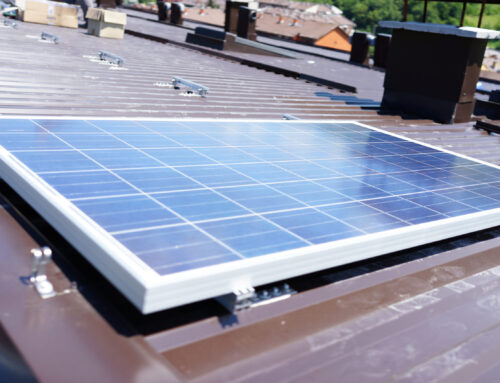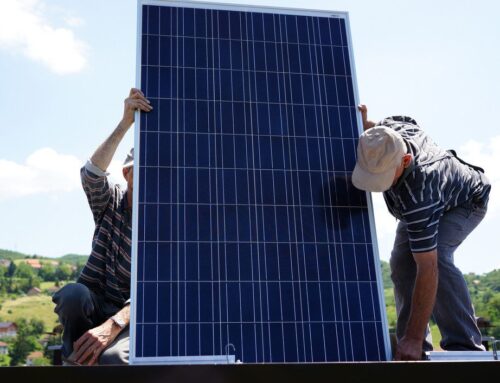Solar panels have already made an impression on our world. Can they power an entire country, though? If PV panels were erected on only 0.6% of the country’s total land area, they might be able to provide enough energy to power the whole country.
How Can a Solar Program Power the Entire US Mainland?
The quantity and potential of solar power in the United States is astounding: PV panels on only 22,000 square miles of the country’s total land area could provide enough energy to power the whole country. That is an area about the size of Lake Michigan. Installing panels in areas with heightened UV year-round will help in this push to move to sustainable energy.
What Does That Mean in Practical Terms?
There are various estimates on how much area would be needed to power the entire USA, but the fact is it would be a significantly smaller area than estimated a decade ago. Not only is a small area required, but as technology advances that area will become even smaller.
A good solar program would utilize every spare piece of space, including roofs and open water. Not only would solar panels over water solve the problem of losing useable land, but they would also minimize evaporation. Not to mention the drastic reduction in air pollution that a good solar program would bring about.
How Much Would That Cost?
Costs for solar panels have dropped dramatically in recent years. This is fantastic because, when paired with the federal solar Investment Tax Credit of $30 and other relevant incentives, now is the greatest time to invest in a solar power program.
The costs of a solar power program are nowhere close to what we are currently paying for energy in the United States. In 2020, the United States’ electricity usage was estimated to be at 3.8 trillion kilowatt-hours (kWh) for a price tag of about $500 trillion! Solar panels would generate energy at a fraction of that cost.
Solar panels have the potential to change our world for the better. Dedicating research and money to developing solar panel technology will only better the world. If we invest in a good solar program now, we will reap the rewards for centuries to come.


 Solar Company
Solar Company 



